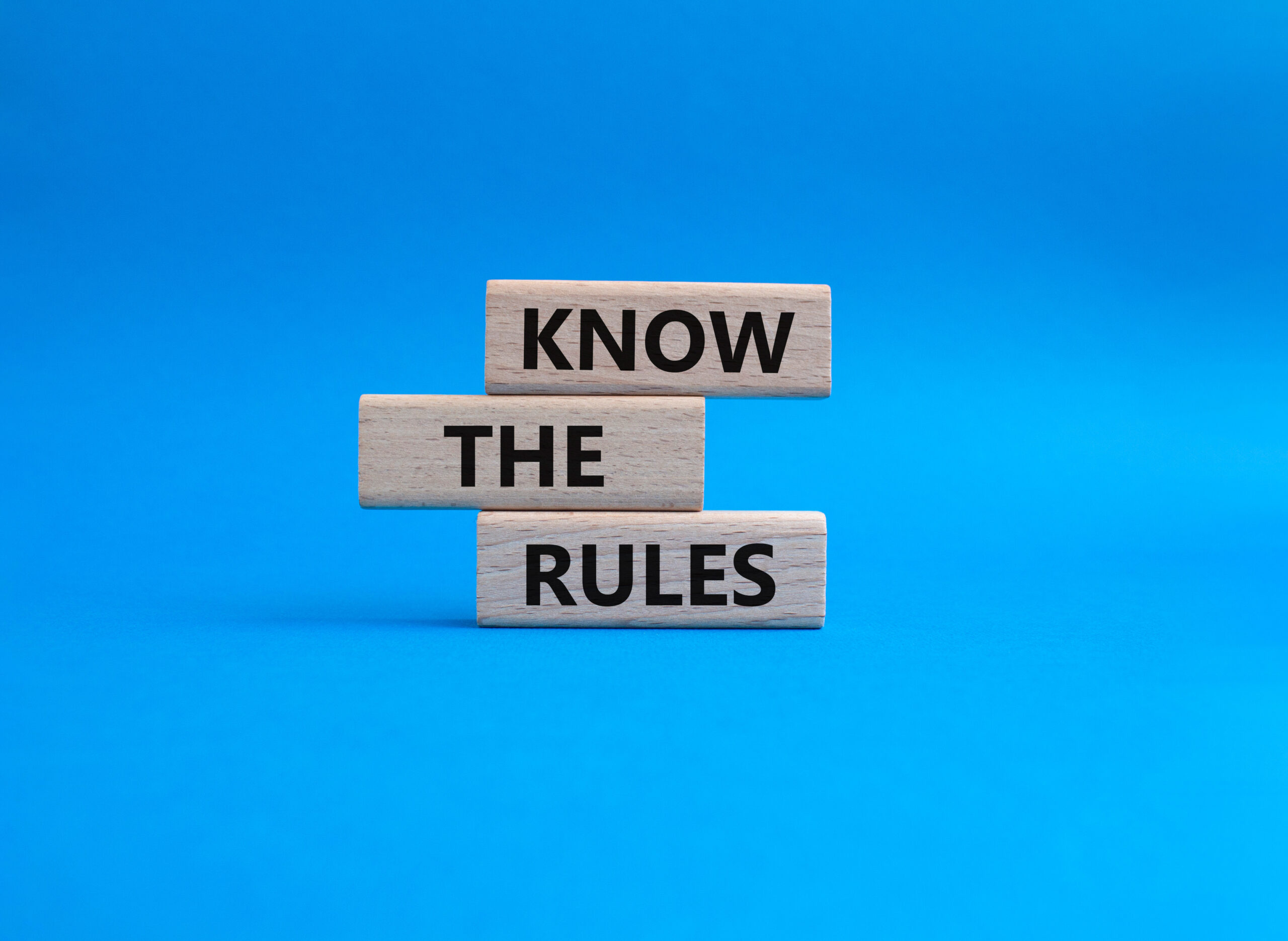The emergence of tech-enabled cleaning referral services and the rise of the millennial consumer have the potential to double the consumer market for house cleaning services.
![]() The debate continues on how emerging companies such as Homejoy and Handybook, each with over $40 million in investor capital on their balance sheets, are impacting the residential cleaning industry. Just last week I watched a LinkedIn post grow to 67 comments in five days as cleaning industry stakeholders expressed their concerns and opinions on how these companies are competing for the clients of Traditional Maid Services (TMS). These newer companies refer to themselves as technology companies creating digital marketplaces, but to keep it simple we refer to them as Virtual Maid Services (VMS).
The debate continues on how emerging companies such as Homejoy and Handybook, each with over $40 million in investor capital on their balance sheets, are impacting the residential cleaning industry. Just last week I watched a LinkedIn post grow to 67 comments in five days as cleaning industry stakeholders expressed their concerns and opinions on how these companies are competing for the clients of Traditional Maid Services (TMS). These newer companies refer to themselves as technology companies creating digital marketplaces, but to keep it simple we refer to them as Virtual Maid Services (VMS).
Much of the discussion focused on how the TMS would fare with these new competitors in the market. Some predicted that the VMSs will grow to be the predominant player in this market, driving many of the TMSs out of business. On the other end of the spectrum, others predicted that the VMSs will burn through their capital and will be out of business soon thereafter.
A number of other possibilities exist between these two extremes. I think most likely the market will expand, and while the VMSs might have a significant portion of this larger market, most of their clients will be those that the TMSs were not servicing anyway. Demographics and consumer shopping preferences indicate that the size of the market for cleaning services will double, with TMSs continuing to serve their current target markets and VMS picking up and introducing new target markets to professional home cleaning, which consumers can upgrade as their needs and income increase. Let me show you what I mean.
Market Making vs. Market Taking
![]() Most TMS franchises identify households with $75,000 or more of annual income as prospective clients. According to 2010 US Census data, there are about 118 million households in the US total, with a little more than 37 million with household incomes over $75,000. In other words, based solely on household income, roughly one in three homes in the U.S. are prospects for TMSs. For most cleaning services this means one or more of the following about our standard client:
Most TMS franchises identify households with $75,000 or more of annual income as prospective clients. According to 2010 US Census data, there are about 118 million households in the US total, with a little more than 37 million with household incomes over $75,000. In other words, based solely on household income, roughly one in three homes in the U.S. are prospects for TMSs. For most cleaning services this means one or more of the following about our standard client:
– 2-income families
– Career professionals
– Older adults
– Aged 40+
A major point of concern on the part of TMSs is the relatively low hourly bill rate of the VMSs, which can be as much as two-thirds to less than half of what TMSs charge. This lower price point, however, has the potential of pulling households below the $75,000 annual income level into the market.
There are over 21 million households with annual incomes between $50 and $75 million. If $50,000 becomes the new minimum annual household income level to be considered as a candidate for professional cleaning services, then the prospect pool – the market for our services – grows to half of all households in the US, almost 40% of whom would not have previously used a house cleaning company because they could not have afforded it.
Demographics and Market Behavior
 While the potential market grows to half the households in the US, we must consider the reality that most prospects never hire a professional company to clean their home. If every household in this expanded market used a service, the average number of regular clients per company could easily be several thousand. Many in this potential pool of prospective clients will still chose not to hire anyone. Most that do hire someone will choose to hire an individual. By most accounts less than 10% of this prospective pool of clients will actually hire a service.
While the potential market grows to half the households in the US, we must consider the reality that most prospects never hire a professional company to clean their home. If every household in this expanded market used a service, the average number of regular clients per company could easily be several thousand. Many in this potential pool of prospective clients will still chose not to hire anyone. Most that do hire someone will choose to hire an individual. By most accounts less than 10% of this prospective pool of clients will actually hire a service.
Furthermore, not everyone in this expanded pool of prospective clients behaves the same. If you divide the population of households up by the age of the householder, 11 million, or about one in five, are below the age of 35. Overall this demographic, known as the Millennial generation, prefers to shop online, and for discretionary items will often chose not to buy if telephone conversations and face-to-face meetings are a necessary part of the deal. While there are exceptions, I would argue that this population should not be counted as part of the TMS market. However, they are ideal prospects for the new VMS created market.
Competition in the New Market
Fast food – with rock bottom prices and casual menu items – didn’t kill fine dining. It expanded the dining market so more people could eat out more frequently. I see the same thing happening in the residential cleaning industry.
How consumers will buy their cleaning service will evolve, and technology will play a big role in making that happen. Tools like online booking, mobile apps for consumers and technicians, and backroom automation will be accessible to all cleaning providers. Some will access this technology by licensing some of the growing number of Software as a Service (SaaS) applications, which provide high end functionality that until recently was out of reach to small cleaning companies.
One cleaning business has already won a major international award for their successful use of technology to enable outbound and inbound customer relations. Lisa Macqueen of Cleancorp remarks that going forward “the challenge has been and will remain the content,” not the technology. She was able to implement sales automation quickly and effectively because she already had processes in place; the automation is a tool to improve execution of that process.
Eventually I would expect that smaller companies may partner with larger firms that already have the technology in place, creating even more efficiencies and a win/win for all parties.
The end result is all cleaning providers will deliver a better client experience at a lower cost to a larger marketplace, and as more consumers seek out the residential cleaning marketplace, everyone in the industry has the opportunity to benefit.
Tom Stewart and his wife, Janice Stewart, are co-owners of Castle-Keepers, the 1st company to achieve CIMS certification. Tom is a nationally-recognized leader & innovator in the house cleaning industry. He is co-founder and Publisher of Cleaning Business Today.





